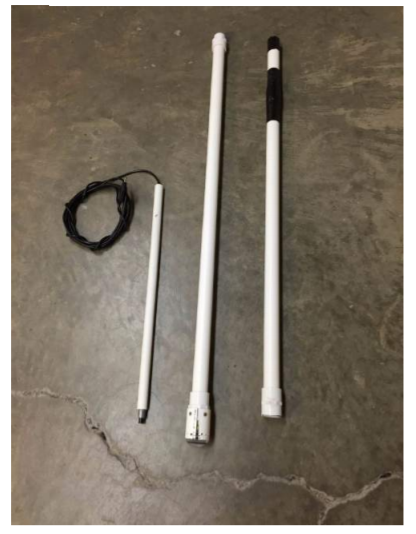Miguel Castellanos, John Lopez
Abstract
The floc hopper probe team aims to create a fully functional floc hopper probe design for future visits to Honduras and elsewhere. Currently, very little information is know about the location or condition of the floc blanket in the floc hopper. This year’s research should lead to a better understanding of the events preceding sedimentation as well as more details on the location of the floc blanket inside the hopper. An experimental setup was created to test different floc hopper probe designs and observe which one gave accurate readings. This year’s team contributions include: a final design of the floc hopper probe and an assembling manual for the current probe design. The team has tackled the problem in the lab and now field testing is required for further improvement of design.




